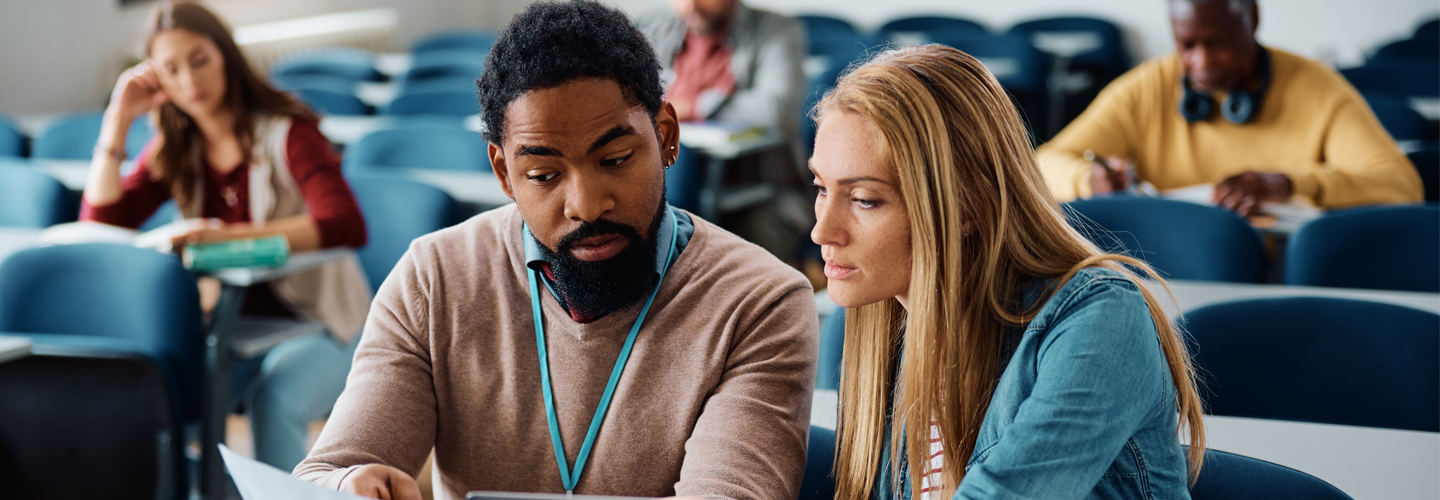
- Language teaching
- Business and employability
GSE, KPIs and ROI (Part 2): Turning language data into business value
In Part 1, we looked at how to build a sensible measurement philosophy for language training using KPIs and the Global Scale of English (GSE). We’ve established that language programs shouldn’t be treated as a calendar entry, but as a strategic lever, and that independence, granularity and credibility are the secret sauce.
Now it’s time to move from how to why: how these datapoints translate into tangible business outcomes, and how to make sure your investment in English doesn’t just look good on slides but actually delivers value when the CFO walks in.
From measuring to meaning: translating KPIs into ROI
Let’s be blunt: only a reckless stakeholder invests without expecting a return. Weighing costs and benefits, however, can get tricky. Without some operational clarity, ROI quickly becomes either a fairy tale or a labyrinth, both of which are bad news in risk-averse corporate cultures.
From a client’s perspective, it’s vital to include all components in your calculation: direct delivery fees, platform access, materials and, ideally, a provider capable of offering the full package. And please don’t forget the indirect cost of time. Two hours of lessons per week equals more than 100 hours per learner per year. Add the asynchronous learning that every serious learner contributes, and we’re suddenly talking about real numbers.
If you skip that, the ROI will look spectacular on paper until someone performs a reality check and the budget line gets a little uncomfortable. If you’re an L&D manager reading this, add sensible estimates for coordination and reporting. Ideally, your provider helps you keep those to a minimum. At choices®, which provides language services, we see this as part of the service rather than a side quest. Trust me, it saves everyone time and sanity.












